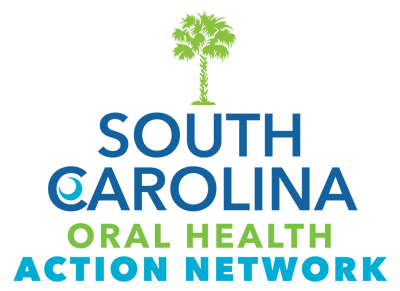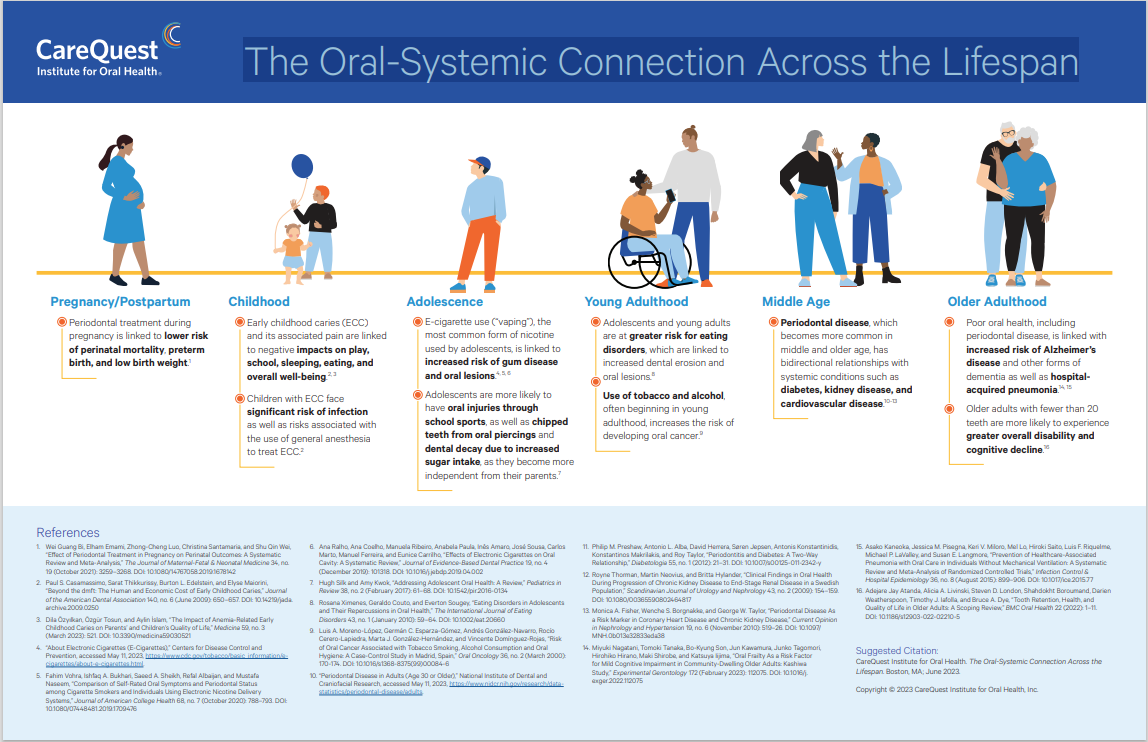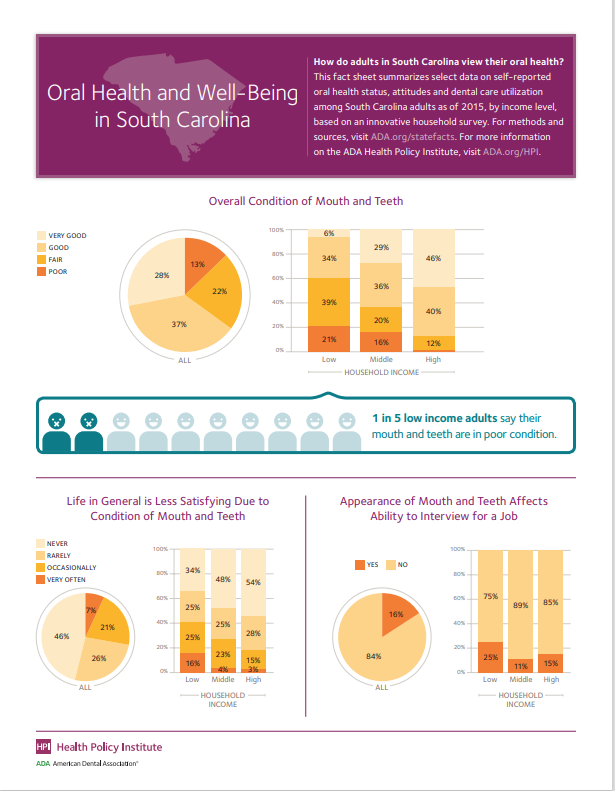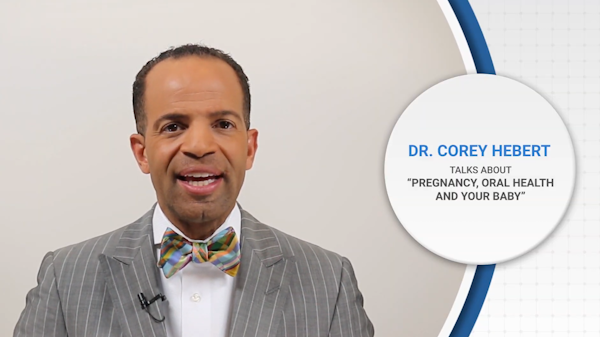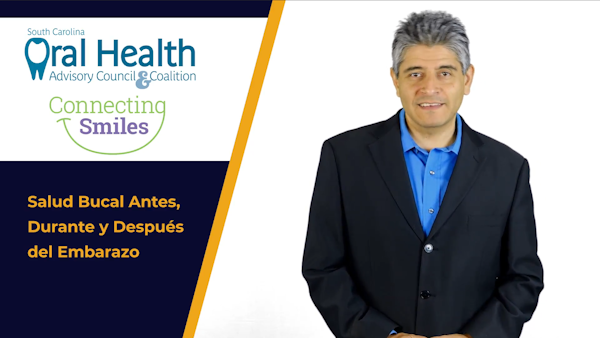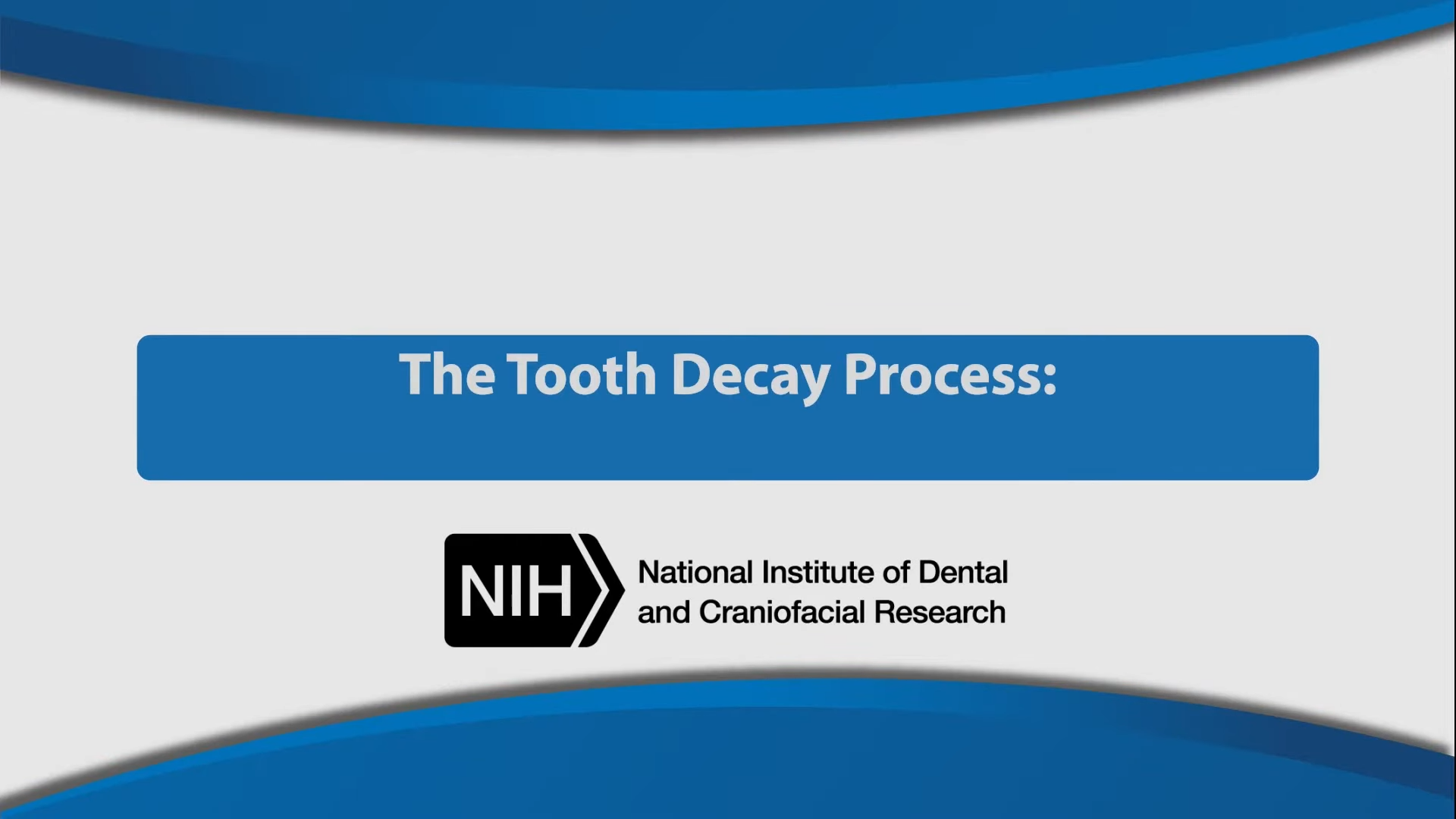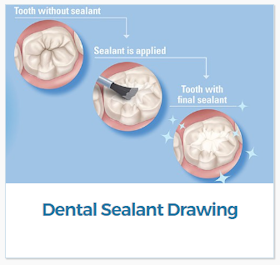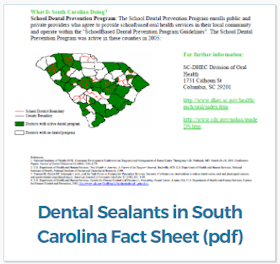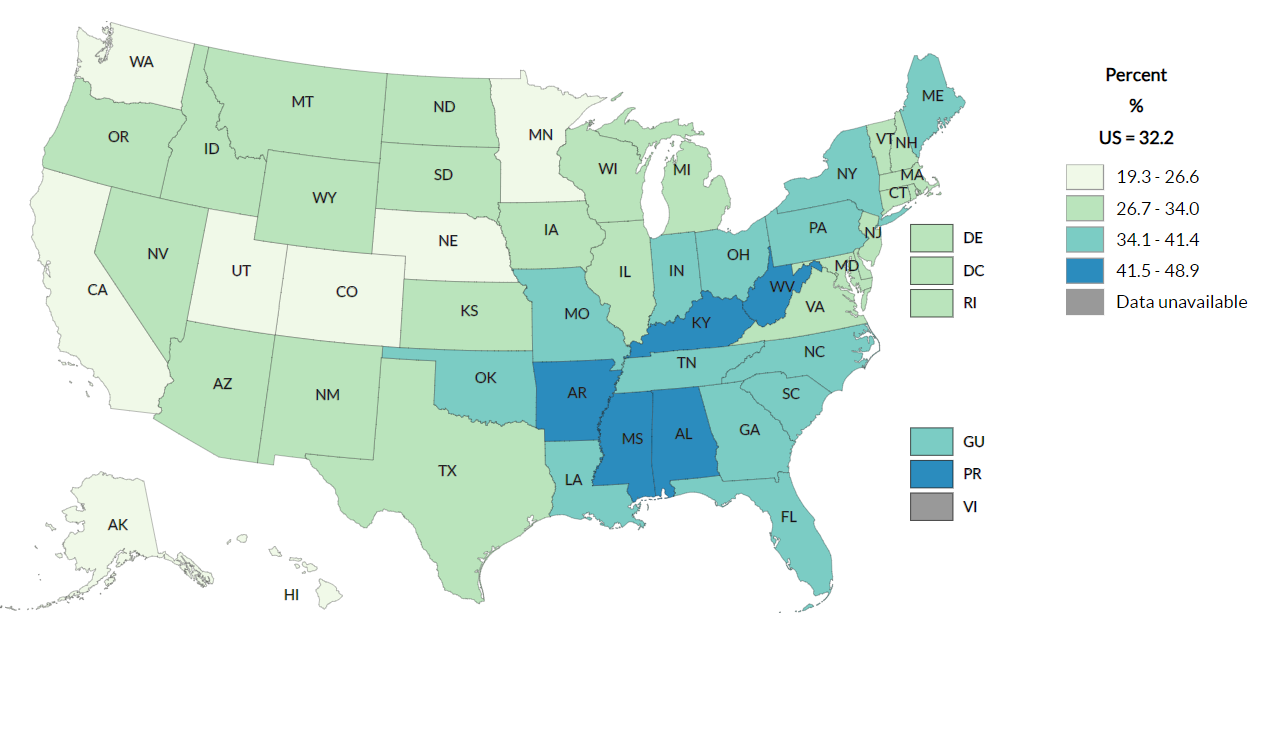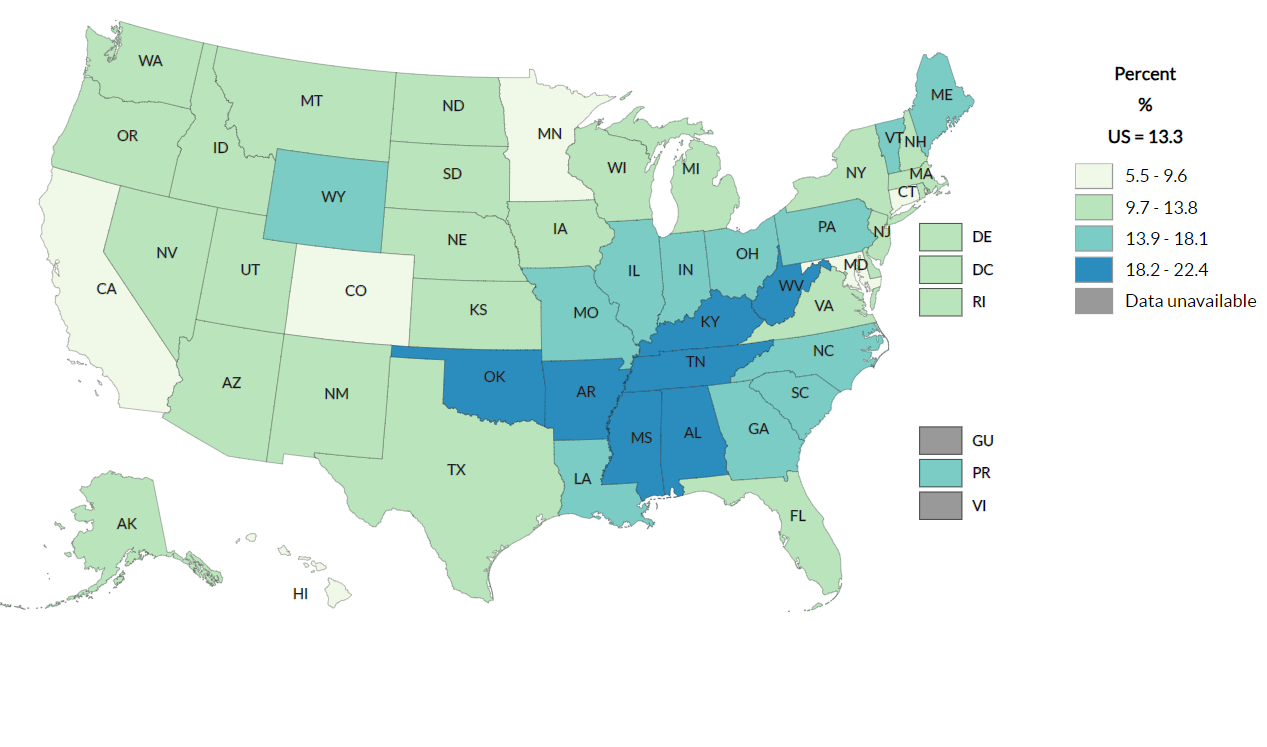Connecting Smiles Oral Health Education & Training
The Connecting Smiles Hub is dedicated to providing oral health resources to frontline staff and community partners, to promote outreach, education, and training to support preventive oral health for vulnerable populations. Given the importance of oral health throughout the lifespan, from perinatal to geriatric stages, such initiatives are critical in ensuring optimal oral health outcomes for all individuals in South Carolina. By fostering collaborative relationships that reach citizens across the state, Connecting Smiles seeks to empower South Carolinians, particularly pregnant women and families with young children, to achieve better oral health.
- Periodontal treatment during pregnancy is linked to lower risk of infant mortality, preterm birth, and low birth weight.
- Early childhood caries (cavities) and its associated pain are linked to negative impacts on play, school, sleeping, eating, and overall well-being.
- Older adults with fewer than 20 teeth are more likely to experience greater overall disability and cognitive decline.
Oral Health and Well-Being in South Carolina (pdf)
How do adults in South Carolina view their oral health? This fact sheet summarizes select data on self-reported oral health status, attitudes, and dental care utilization among South Carolina adults as of 2015, by income level, based on an innovative household survey. For methods and sources, visit ADA.org/statefacts. For more information on the ADA Health Policy Institute, visit ADA.org/HPI.
The Importance of Oral Health During Pregnancy
During pregnancy complex physiological changes take place and some of these changes can adversely affect oral health. Research has revealed that oral health is key to overall health and well-being. Patients need to understand basic prevention messages and providers need to conduct diagnostic and restorative dental treatment as needed. Providers and patients need to know that such treatment is safe throughout pregnancy and is effective in improving and maintaining a patient’s oral health.
In some cases, health professionals do not provide oral health information to pregnant women. Pregnant women, including some with obvious signs of oral disease, often do not seek or receive care. In many cases, neither pregnant women nor health professionals understand that oral health care is an important component of overall health and wellness.
The Importance of Early Childhood Oral Health
Early Childhood Caries adversely impact development and learning and can affect what a child eats, how they speak, their ability to learn, and ultimately how they feel about themselves. Such an impact can result in poor overall health and well-being. A child cannot be truly healthy if he or she has poor oral health.
Dental caries is an infectious disease that results from an interaction between oral bacteria and dietary carbohydrates on the tooth surface prevention of tooth decay in infants begins prenatally with the mother and continues with the mother and child after birth Both the American Academy of Pediatric Dentistry and the American Academy of Pediatrics recommends that infants receive oral health risk assessments from their primary health care provider in their first year of life to assess their risk for developing tooth decay providing oral health education and evaluating and optimizing fluoride exposure.
Oral Health and Early Head Start/Head Start
Early Head Start and Head Start (EHS/HS) programs have been longtime advocates of oral health. By providing center-based tooth brushing programs and ongoing classroom and parent education, EHS/HS programs strengthen the oral health of the families they serve. The Section of Oral Health at the SCDepartment of Public Health provides certified training for EHS/HS center staff to equip them with the knowledge and resources needed to make a positive impact on oral health.
Additional Resources
The Tooth Decay Process: How to Reverse It and Avoid a Cavity
El proceso del deterioro de los dientes: Cómo revertirlo y evitar que se forme una caries dental
Child and Adolescent Oral Health
Taking care of your child’s teeth and gums is important. Healthy mouth and teeth are an important part of a child’s overall wellness. Speech, the ability to concentrate and learn, nutrition, and self-esteem are directly tied to the condition of the mouth. Untreated tooth decay in children and teens can cause pain and infections that may lead to problems with eating, speaking, playing, and learning. Tooth decay is one of the most common diseases affecting children and teens. It is more common than hay fever or asthma.
According to the Centers for Disease Control (CDC):
- About 1 of 5 (20%) children aged 5 to 11 years have at least one untreated decayed tooth.
- 1 in 7 (13%) adolescents aged 12 to 19 years have at least one untreated decayed tooth.
- The percentage of children and adolescents aged 5 to 19 years with untreated tooth decay is twice as high for those from low-income families (25%) compared with children from higher-income households (11%).
There is good news…tooth decay is preventable! Parents and caregivers should reinforce home care habits that include brushing teeth twice daily with fluoride toothpaste, cleaning between teeth daily, limiting starchy and sugary foods and drinks, and regular dental visits. These positive habits go a long way in preventing tooth decay! Adding a dental professional as a resource to your medical support system can provide ongoing peace of mind for your entire family.
Ask your medical or dental provider about other preventive interventions including:
- fluoride varnish, a high concentration of fluoride that is painted directly on teeth;
- fluoridated tap water, available through public water systems; and
- dental sealants, a protective seal that is applied to the chewing surfaces of the back teeth.
Dental Sealants
According to the CDC, “Dental sealants are thin coatings that when painted on the chewing surfaces of the back teeth (molars) can prevent cavities (tooth decay) for many years. Sealants protect chewing surfaces from cavities by covering them with a protective shield that blocks out germs and food. Once applied, sealants protect against 80% of cavities for 2 years and continue to protect against 50% of cavities for up to 4 years.” The South Carolina State average for children assessed with a sealant present is 27.17%.
Typically, children should get sealants on their permanent molars as soon as these teeth come in. In this way, dental sealants can protect the teeth through the cavity-prone years of ages 6 to 14. Here is a condensed list of where to get dental sealant services:
- Ask your child’s dentist to apply sealants when appropriate.
- If you need to find a dentist, use Finding Dental Services for Your Child
- Some schools offer sealants as part of a community public health program. To learn more about school sealant programs and if your child is eligible, click here.
Find a SC DPH Public Health Dental Prevention Program Provider
DPH School-based Dental Prevention Program
The South Carolina Dental Practice Act 2003 established the South Carolina Department of Public Health’s role in the coordination of a public health dental prevention program using public-private partnerships to deliver preventive dental services in public health settings including schools that address the needs of priority populations identified by DPH using standard public health principles. Section 40-15-110 of the Dental Practice Act refers to DPH and the delivery of preventive dental services through a public health dental prevention program. The South Carolina Dental Practice Act 2003 can be accessed at: South Carolina Code of Laws Unannotated. The setting for which DPH has established a public health dental prevention program is the South Carolina’s public schools.
The providers that are currently engaged in a partnership with DPH to deliver these services for the 2023-2024 school year include:
- Beaufort Jasper Hampton Comprehensive Health Services
- ChildSmiles Dental, Inc.
- Dental Access Carolina, LLC
- Family Health Centers, Inc.
- Fetter Health Care Network
- Little River Medical Center
- ReGenesis Health Care
- Rural Health Services, Inc.
- Rosa Clark Medical Center- Dental
- SC Smiles Dental/South Carolina Dental Screening Associates
MUSC College of Dental Medicine (POWER PEDS) Coming Soon…
DPH PUBLIC HEALTH DENTAL PREVENTION PROGRAM Guidelines COVID-19 Pandemic Addendum (pdf)
Geriatric Oral Health
According to the CDC, by 2060, according to the US Census, the number of US adults aged 65 years or older is expected to reach 98 million, 24% of the overall population. Older Americans with the poorest oral health tend to be those who are economically disadvantaged, lack insurance, and are members of racial and ethnic minorities. Being disabled, homebound, or institutionalized (e.g., seniors who live in nursing homes) also increases the risk of poor oral health. Adults 50 years and older who smoke are also less likely to get dental care than people who do not smoke. Many older Americans do not have dental insurance because they lost their benefits upon retirement and the federal Medicare program does not
South Carolina 2020 CDC Data
Between 13.9- 18.1% of adults aged 65+ lost all of their natural teeth due to tooth decay or gum disease (National Average: 13.3)
Between 34.1-41.4% of adults aged 65+ lost six or more teeth due to tooth decay or gum disease (National Average 32%)
- White, Non-Hispanic: 29.8-38.8%
- Black, Non-Hispanic: 51.7-58.8%
- Hispanic, Non-White: Data Unavailable
Additional Resources
- The Risk For Oral Health Problems For Seniors
- Common Oral Problems in Seniors
- Warning Signs of Unhealthy Teeth and Gums in Seniors
- Oral Hygiene Tips for Seniors
- National Institute on Aging: Taking Care of Your Teeth Mouth
- Administration on Aging: Oral Health
